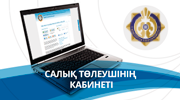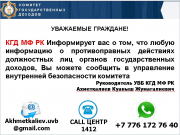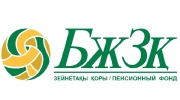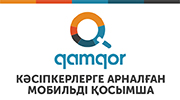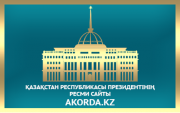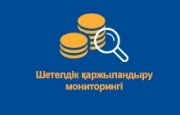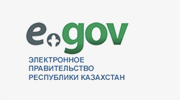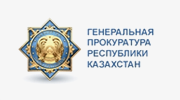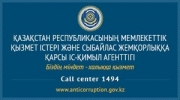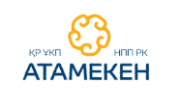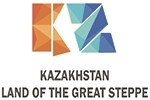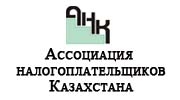- Departments by region
- Astana
- Almaty
- Ulytau Region
- Zhetysu Region
- Шымкент
- Abay region
- Akmola region
- Aktobe region
- Almaty region
- Atyrau region
- East Kazakhstan region
- Zhambyl region
- West Kazakhstan region
- Karagandy region
- Kostanay region
- Kyzylorda region
- Mangistau region
- Pavlodar region
- North Kazakhstan region
- South Kazakhstan region
Date of publication: 30.04.2025 18:36
Date of changing: 30.04.2025 18:38
Custom Thorough Inspection (Visual Inspection) is conducted in the following cases:
- When the automated risk management system triggers a random selection method or activates a risk profile that requires thorough customs inspection;
- If the sending customs authority has conducted customs control using X-ray inspection equipment (ITE) and stamped “Suspicious under ITE Control” on the right side of the printed X-ray image; and/or if there is data in the information systems of the state revenue authorities indicating the necessity for a thorough customs inspection;
- If there is information about potential risks (alerts) from the Eurasian Economic Union (EAEU), foreign countries with international agreements on information exchange for customs purposes, or from the law enforcement and special state agencies of the Republic of Kazakhstan.
Before conducting a customs visual inspection, the authorized official, if the persons are known, shall notify the declarant or another authorized person related to the goods about the place and time of the inspection in a manner that allows confirmation of the notification.
The presented goods must be in a specially equipped area designated for customs inspection, in temporary storage facilities, or within the customs control zone of the state revenue body where the inspection is to take place. The authorized official then makes the decision to begin the visual inspection.
The moment the authorized official starts visually examining the packaging of goods, the cargo section of the vehicle, containers, or other areas where goods are or may be located, is considered the start of the thorough customs inspection.
If the thorough inspection is initiated based on the automated risk management system and a recommendation is made to record the process on video, the authorized official must ensure continuous video recording of the entire inspection process.
Once video recording has started, the authorized official must comment on and explain each step of the inspection.
Video recording may be paused during loading and unloading operations, based on the authorized official's explanation. If the inspection is suspended or resumed, the exact time of suspension/resumption must be stated by the authorized official.
The scope and extent of the thorough customs inspection (visual inspection) must comply with the defined risk profile. Alterations to the scope and extent are not allowed.
The results of the inspection, as well as the fact of its completion, must be promptly recorded in the automated risk management system and documented in the official act of the thorough customs inspection (visual inspection).









